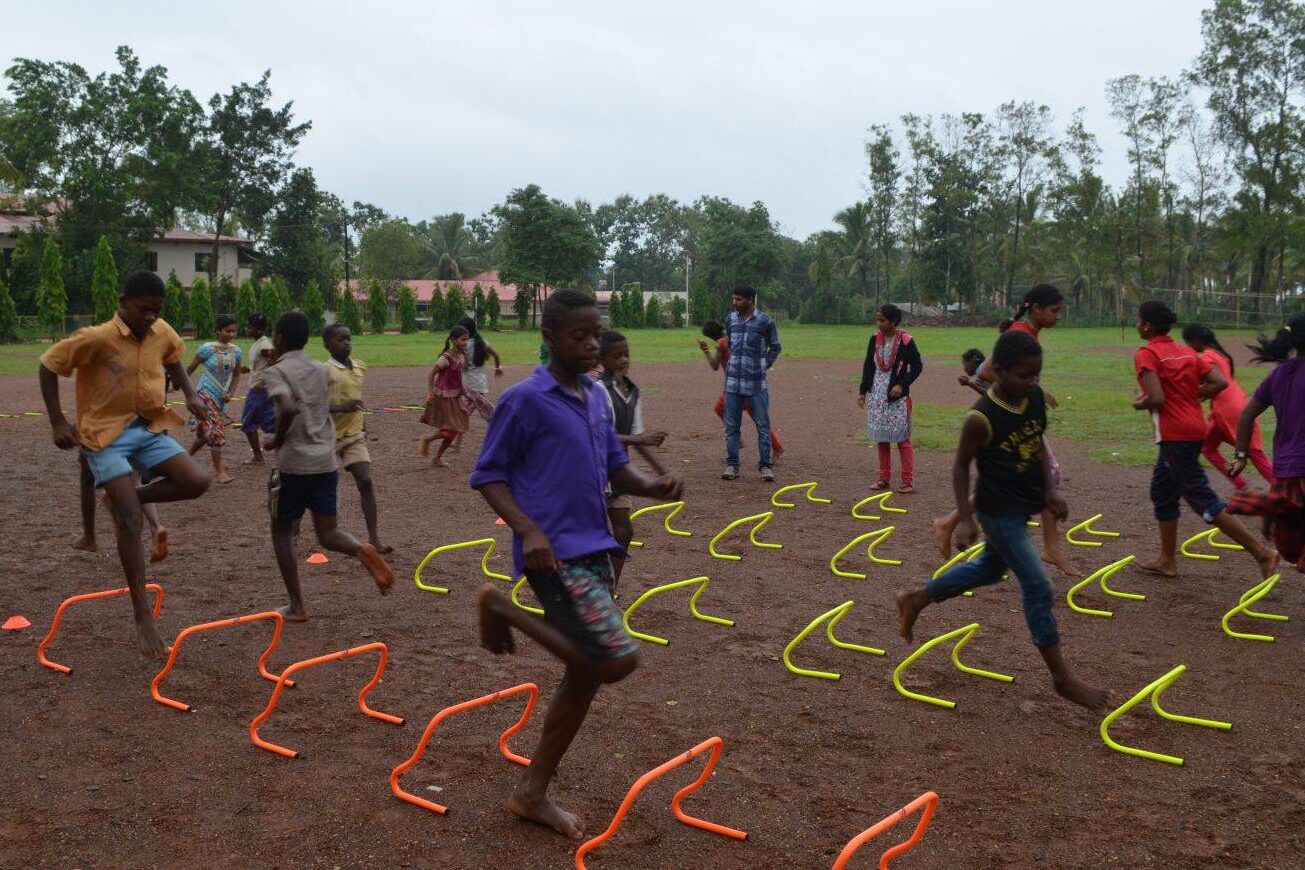
As a therapist, and other team members, we all are here in the business to manage problems or to enhance performances. We always want to progress from one problem to another and most of the time an athlete’s career is dependent on our decision making.
The current condition of the sport performance and medicine: we plan and prescribe exercises, training programs, therapeutic modalities. We have developed complex solutions to complex problems, yet the results are increasing in complexity rather than reducing it. The context in which these all are taking place is also important to consider.
“The system is the solution – don’t try to manage the problem in one-dimension; most problems are multi-dimensional, and thus must be managed appropriately.” – Dr. Ian McKeown, Head of High Performance at Port Adelaide FC.
Then the question comes, what is a system? According to von Bertalanffy, in order for us to consider something a system, it must have three things: Elements: The individual parts of the system. Interconnections and interdependence must exist among the elements. Purpose or function: The objectives of the organisation as a whole have a higher priority than the objectives of its subsystem(s). If one of these items is missing, we don’t have a system. Keeping this in mind, among the following list, what are the systems and what are not? Car, A fruit bowl, tool box, cup, football team. Another example: we are a biological system- consisting of lungs, brain, heart etc. Each part of the system is affected by all the other parts of the biological system. But our system’s properties as a whole are different from its individual parts.
“Ackoff likes to cite the automobile’s essential property – to transport us from place to place – a property that no single part of the car has by itself. You can’t take the seat out of the car, sit in it, and drive it to work. No single part of the car can do that. The engine supplies the power to transport the car, but it cannot transport itself.’’Ackoff also corrects us from the view that the system is the sum of its components. Whereas when the system is taken apart, it loses all the properties even when we retain the parts. So he explained that rather it is a product of interaction between the parts which defines the properties as a whole, which none of its parts have.
Dr. Ramogida shares his brief thoughts based on a recent conversation he had with a coach at a professional team in America: Nordic Hamstring curls have become a very popular ‘protective’ exercise that some professionals use in an effort to ‘bulletproof’ the hamstrings from injury. Interestingly, The hamstring strain over the track field is the same as previous year and even for the few who showed best nordbord measures, experienced strains from the beginning of the season.
Question: Did the hamstring strength gain achieved in isolation lead to improved skill expression when integrated into the action under demand? “No”. The performance of a system depends upon how the parts fit, how they interact and interrelate, not how they react when taken separately. In conclusion, by improving the parts of the system, we cannot expect the improvement as a whole.
Reference – ALTIS performance therapy course. For more insights, please visit ALTIS website https://altis.world/



